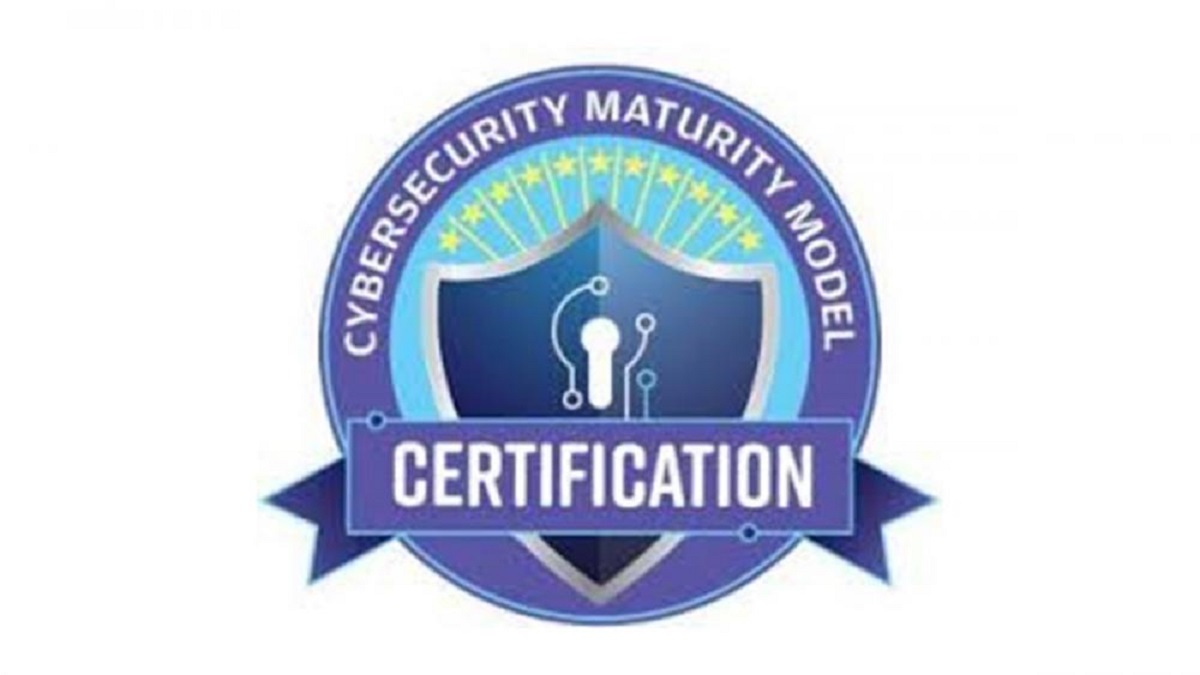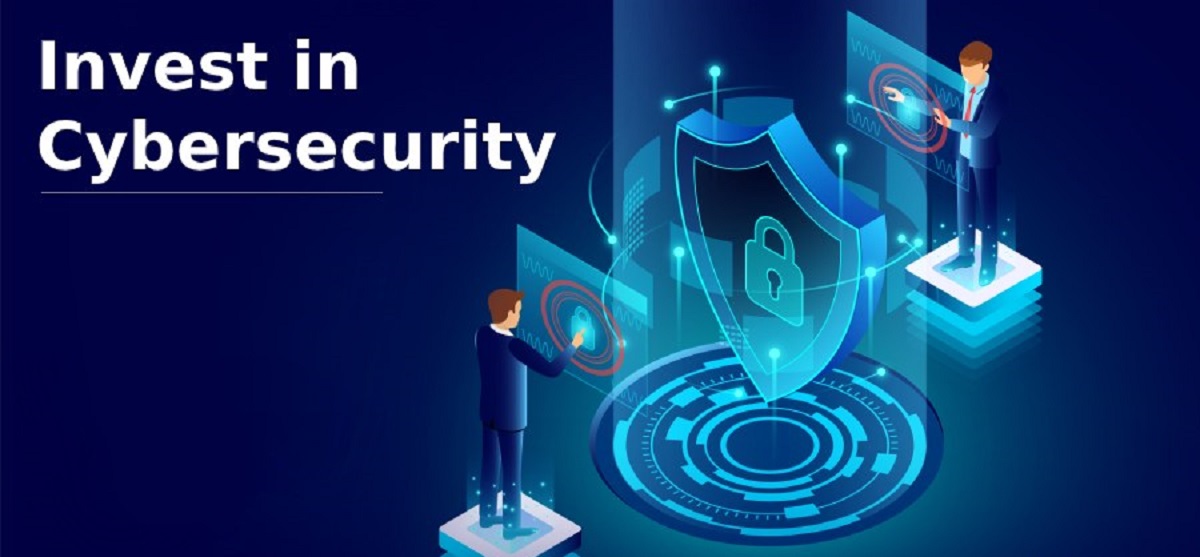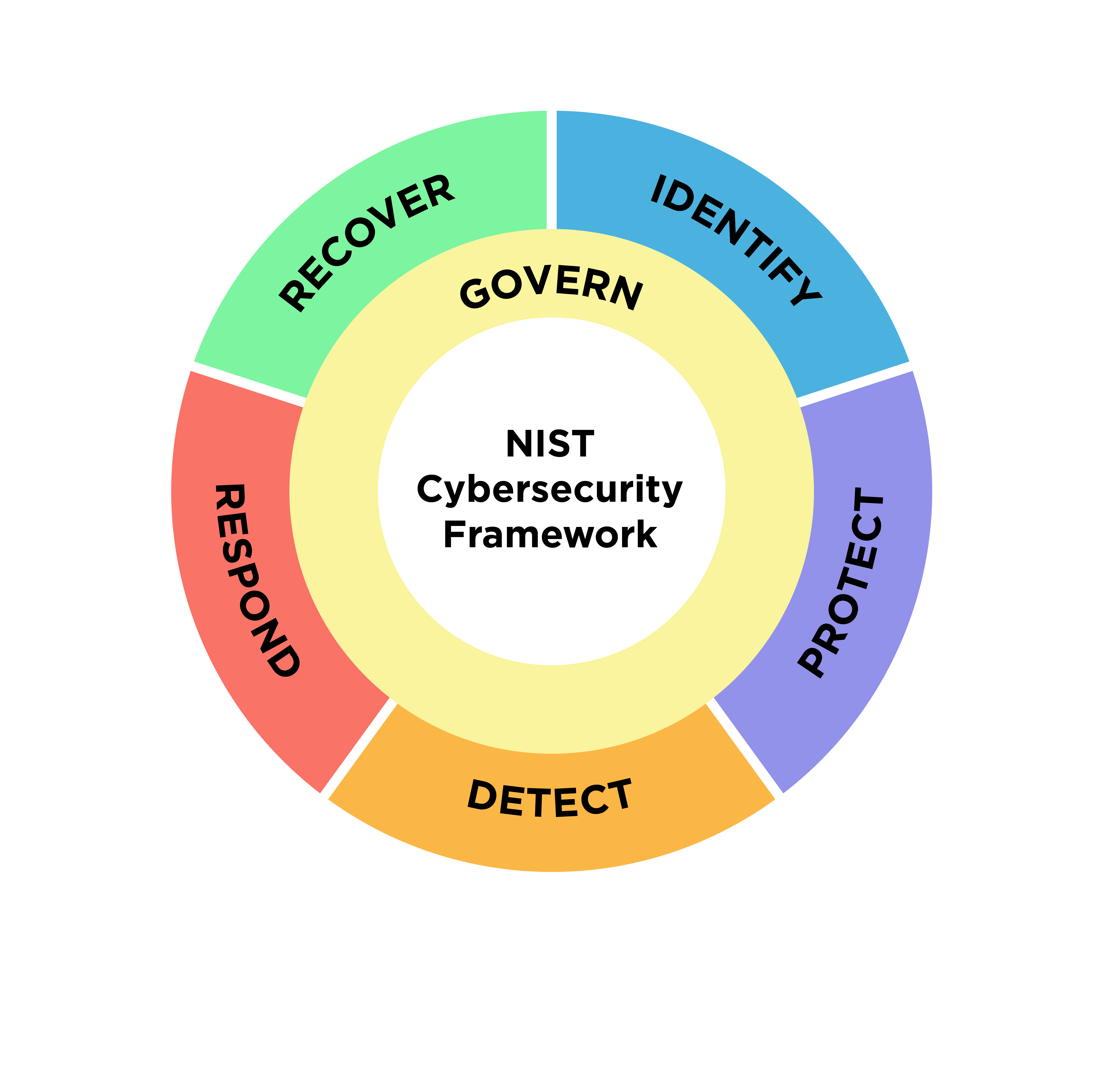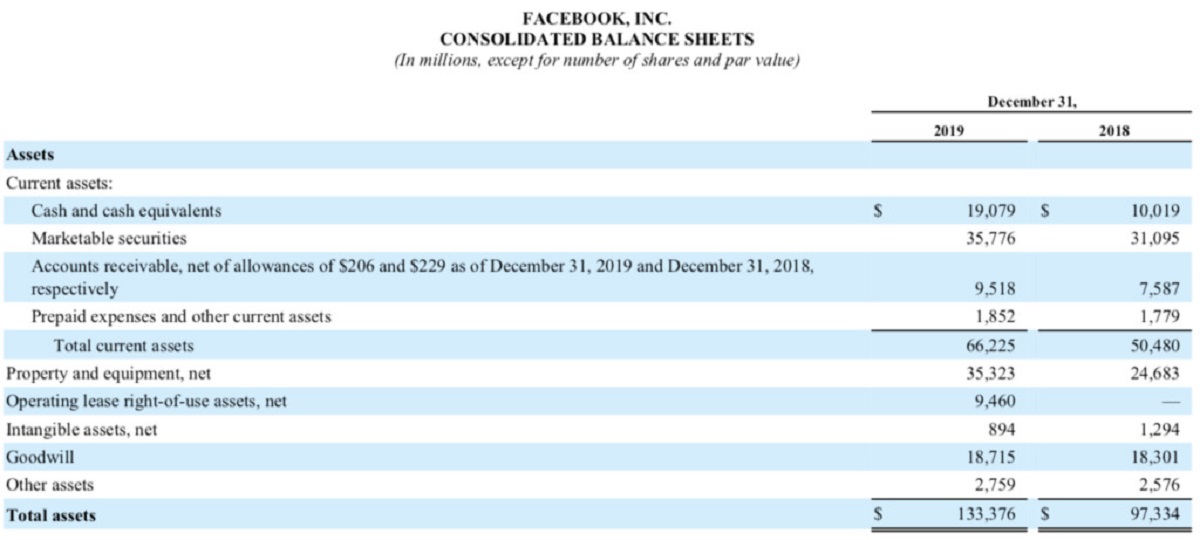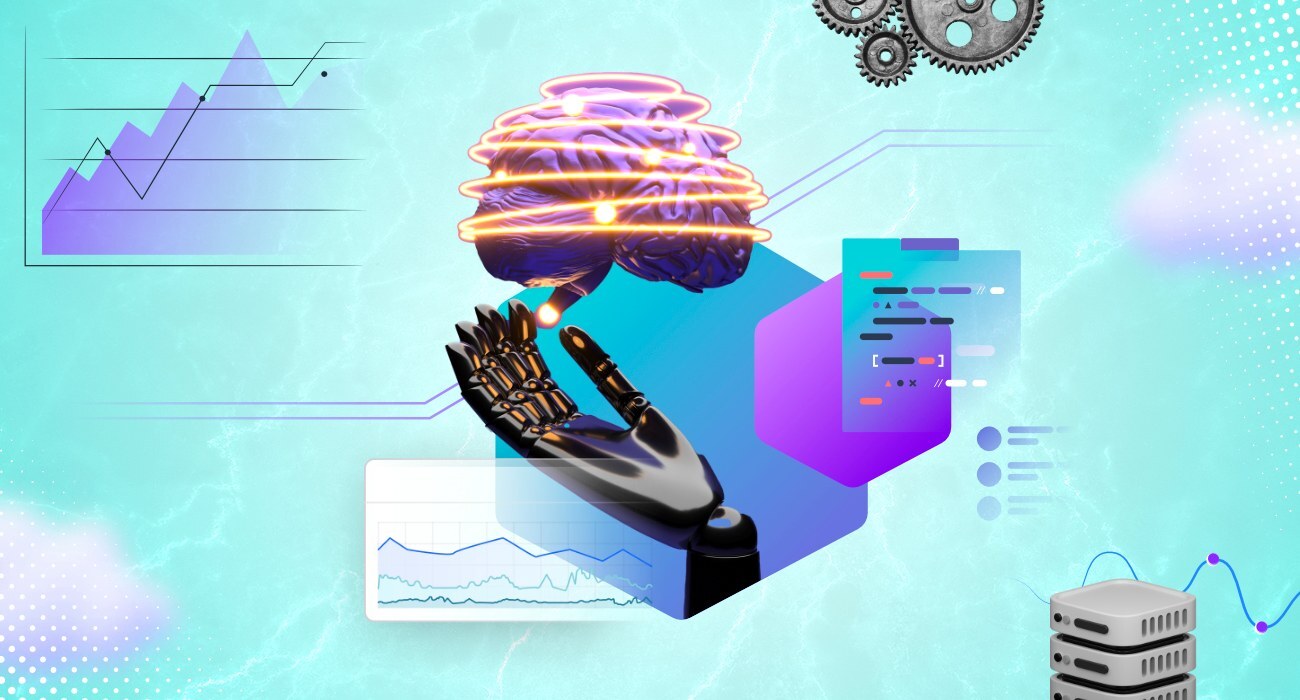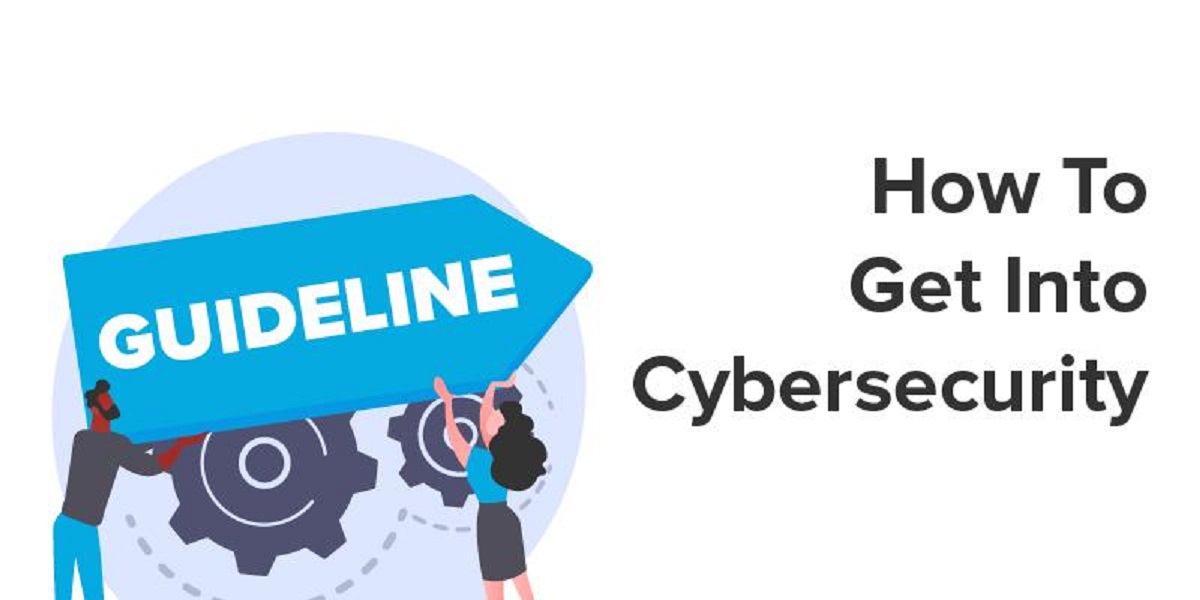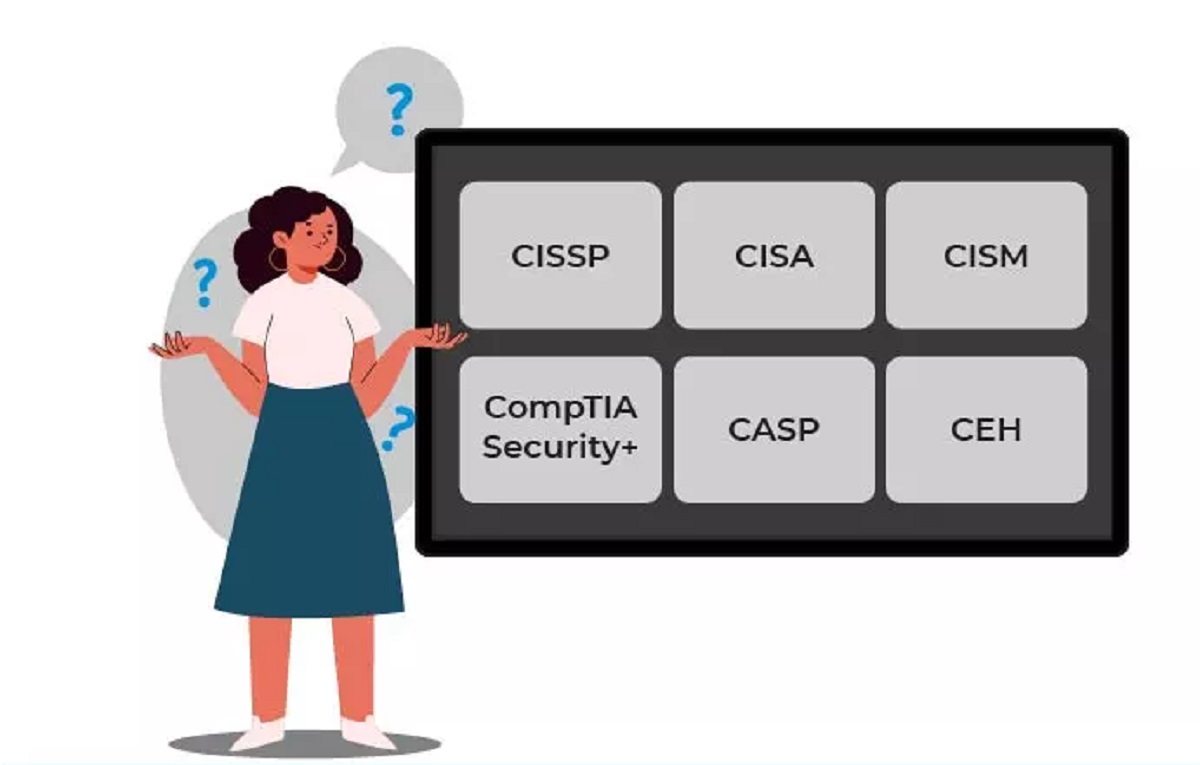Introduction
Cybersecurity has become a major concern for organizations of all sizes and industries. The increasing number of cyber threats and attacks has necessitated the implementation of robust security measures to protect sensitive data and systems. In response to this growing need, the Cybersecurity Maturity Model Certification (CMMC) has emerged as a comprehensive framework for assessing and enhancing the cybersecurity posture of the defense industrial base.
CMMC is a unified standard for implementing cybersecurity across the defense supply chain, ensuring that companies handling sensitive information meet the required security standards. This certification framework aims to strengthen the security posture of businesses involved in defense contracts by establishing a maturity model with specific requirements and levels of compliance.
As cyber threats continue to evolve and become more sophisticated, it is crucial for organizations to adopt proactive measures to safeguard their information assets. The CMMC provides a structured approach to assessing and improving cybersecurity practices, making it an essential tool for businesses operating in the defense sector.
Through the CMMC, companies can demonstrate their commitment to implementing effective cybersecurity measures, which not only protects their own data but also helps safeguard national security interests. This certification provides a standardized approach to enhance cybersecurity readiness throughout the defense supply chain, reducing vulnerabilities and mitigating the risk of unauthorized access, data breaches, and other cyber threats.
In this article, we will explore the fundamentals of the Cybersecurity Maturity Model Certification, its importance, how it works, and the different levels of compliance. We will also discuss the requirements, benefits, and challenges associated with achieving Level 1 certification under the CMMC.
What is Cybersecurity Maturity Model Certification (CMMC)?
The Cybersecurity Maturity Model Certification (CMMC) is a framework developed by the Department of Defense (DoD) to assess and enhance the cybersecurity posture of organizations in the defense industrial base. It was introduced as a response to the increasing number of cyber threats targeting sensitive defense information and intellectual property.
Unlike previous compliance frameworks that relied on self-assessment, the CMMC introduces a mandatory certification process. To participate in defense contracts, organizations must achieve the required level of certification based on their involvement in handling Controlled Unclassified Information (CUI) and other sensitive defense information.
The CMMC model is designed to provide a maturity-based approach to cybersecurity, with five defined levels of certification. Each level builds upon the requirements of the previous level, ensuring continuous improvement in cybersecurity practices.
By implementing the CMMC, organizations demonstrate their commitment to cybersecurity best practices and their ability to protect sensitive information. This leads to a more robust defense supply chain, reducing the risk of data breaches, intellectual property theft, and other cyberattacks.
To achieve CMMC certification, organizations must undergo third-party assessments conducted by authorized and accredited assessors. These assessors evaluate the organization’s compliance with the requirements and practices outlined in the CMMC framework. The certification process involves a thorough evaluation of the organization’s technical, administrative, and operational controls.
It is important to note that the CMMC is not a “one size fits all” framework. The level of certification required for an organization depends on the specific contract requirements and the sensitivity of the information being handled. This ensures that the cybersecurity measures implemented are directly aligned with the associated risks.
Overall, the Cybersecurity Maturity Model Certification establishes a standardized approach to assessing, improving, and verifying the cybersecurity practices of organizations in the defense supply chain. By achieving CMMC certification, organizations can demonstrate their commitment to protecting sensitive information, enhancing national security, and securing future defense contracts.
Why is CMMC important?
The Cybersecurity Maturity Model Certification (CMMC) holds significant importance for both organizations in the defense industrial base and the Department of Defense (DoD) itself. Let’s explore why CMMC is essential in today’s cybersecurity landscape.
1. Enhanced Cybersecurity:
CMMC serves as a robust and standardized framework that ensures organizations adopt effective cybersecurity measures. By implementing the requirements and best practices outlined in the CMMC, organizations can enhance their cybersecurity posture and reduce the risk of cyber threats and attacks.
2. Protection of Sensitive Information:
Organizations that handle Controlled Unclassified Information (CUI) and other sensitive defense information must protect this information from unauthorized access or theft. CMMC provides a clear set of security controls and practices that organizations must meet, ensuring the protection of sensitive data.
3. Strengthened Defense Supply Chain:
CMMC is designed to secure the defense supply chain by ensuring that all organizations involved meet specific cybersecurity standards. This helps establish a more robust and resilient supply chain, reducing the risk of cyber threats and vulnerabilities.
4. Mitigation of Risks and Threats:
By adhering to the requirements of the CMMC, organizations can identify and mitigate potential cybersecurity risks and vulnerabilities. This proactive approach to cybersecurity helps in preventing data breaches, intellectual property theft, and other cyberattacks.
5. Compliance with Contractual Requirements:
The CMMC is a mandatory certification for organizations seeking to participate in defense contracts. Compliance with CMMC requirements is necessary to meet contract obligations and demonstrate a commitment to protecting sensitive information.
6. National Security and Defense Readiness:
Given the significance of the defense industry and its role in national security, ensuring a high level of cybersecurity readiness is crucial. The CMMC helps in creating a more secure and resilient defense ecosystem, safeguarding national security interests.
7. Simplified Evaluation and Verification:
CMMC provides a clear and structured pathway for organizations to evaluate and verify their cybersecurity practices. By following the defined levels and requirements, organizations can undergo third-party assessments and easily demonstrate their compliance with cybersecurity standards.
In summary, the Cybersecurity Maturity Model Certification (CMMC) plays a vital role in enhancing cybersecurity, protecting sensitive information, strengthening the defense supply chain, mitigating risks, ensuring compliance, and contributing to national security. Organizations in the defense industrial base must embrace CMMC to navigate the complex cyber landscape and safeguard their operations.
How does CMMC work?
The Cybersecurity Maturity Model Certification (CMMC) is a comprehensive framework that evaluates the cybersecurity practices and maturity of organizations in the defense industrial base. Let’s delve into how the CMMC works and the steps involved in the certification process.
1. Five Levels of Certification:
The CMMC consists of five levels of certification, ranging from Basic Cyber Hygiene (Level 1) to Advanced/Progressive (Level 5). Each level builds upon the requirements of the previous level, with higher levels indicating more advanced and sophisticated cybersecurity capabilities.
2. Maturity Domains and Practices:
At each level, the CMMC specifies several domains that encompass various cybersecurity practices. These domains cover areas such as access control, incident response, risk management, and system and communications protection. The practices associated with each domain provide specific guidelines and requirements for organizations to implement.
3. Alignment with NIST Standards:
The CMMC framework aligns with existing cybersecurity standards, including the National Institute of Standards and Technology (NIST) Special Publication (SP) 800-171, as well as NIST SP 800-53. These standards provide a foundation for implementing cybersecurity controls and are referenced in the CMMC requirements.
4. Third-Party Assessments:
To achieve CMMC certification, organizations must undergo third-party assessments conducted by authorized and accredited CMMC Third-Party Assessment Organizations (C3PAOs). These assessments evaluate the organization’s compliance with the CMMC requirements and the effectiveness of their cybersecurity controls.
5. Compliance with Contract Requirements:
CMMC certification is mandatory for organizations seeking to participate in defense contracts. The level of certification required depends on the sensitivity of the information the organization handles. Organizations must meet the specific CMMC requirements outlined in the contract to demonstrate their cybersecurity maturity.
6. Continuous Maturation:
CMMC encourages organizations to continuously mature their cybersecurity practices. It promotes the adoption of best practices, regular assessments, and the implementation of more advanced controls as organizations progress through higher certification levels. This approach ensures that organizations evolve and stay ahead of emerging threats.
7. Verification Process:
Upon completion of the third-party assessment, organizations receive a certification level indicating their cybersecurity maturity. This certification can be verified through the Cybersecurity Maturity Model Certification Accreditation Body (CMMC-AB) portal, providing transparency and validation of an organization’s security posture.
In summary, the Cybersecurity Maturity Model Certification (CMMC) operates through five levels of certification, maturity domains and practices, alignment with NIST standards, third-party assessments, compliance with contract requirements, continuous maturation, and a verification process. This holistic approach ensures that organizations in the defense industrial base establish and maintain effective cybersecurity practices.
Levels of CMMC
The Cybersecurity Maturity Model Certification (CMMC) is structured into five levels, each representing a different level of cybersecurity maturity and readiness. Let’s explore these levels and their respective requirements.
1. Level 1: Basic Cyber Hygiene
Level 1 focuses on implementing basic cybersecurity practices and serves as the foundation for higher levels of certification. The requirements at this level align with the safeguarding of Federal Contract Information (FCI) and providing a basic level of protection against common cyber threats.
2. Level 2: Intermediate Cyber Hygiene
Level 2 introduces additional security controls and practices beyond the basic level. The emphasis at this level is on establishing and documenting standard operating procedures to enhance cybersecurity preparedness. Level 2 compliance requires organizations to safeguard Controlled Unclassified Information (CUI).
3. Level 3: Good Cyber Hygiene
Level 3 represents an intermediate level of cybersecurity maturity. Organizations at this level must have a comprehensive and formalized cybersecurity program in place. The requirements focus on managing and documenting security practices, implementing security controls, and conducting regular cybersecurity assessments.
4. Level 4: Proactive
Level 4 introduces a proactive and sophisticated approach to cybersecurity. Organizations at this level must demonstrate an ability to prevent and respond to advanced persistent threats (APTs) by implementing robust and advanced security controls. The focus is on reviewing and optimizing existing security practices, enhancing threat intelligence capabilities, and employing continuous monitoring strategies.
5. Level 5: Advanced/Progressive
Level 5 represents the highest level of cybersecurity maturity. Organizations at this level have a comprehensive and highly advanced cybersecurity program in place. They demonstrate the ability to adapt to evolving threats, conduct advanced cybersecurity training, and perform continuous monitoring, testing, and evaluation. Level 5 focuses on optimizing cybersecurity practices and fostering a culture of continuous improvement.
It is important to note that the level of certification required for an organization depends on the specific contract requirements and the sensitivity of the information being handled. Organizations must meet the requirements of the specified level to achieve the corresponding certification.
The levels of the CMMC provide a gradual progression towards stronger cybersecurity measures, ensuring that organizations in the defense industrial base develop the necessary capabilities to protect sensitive information and mitigate cyber threats.
Level 1: Basic Cyber Hygiene
Level 1 of the Cybersecurity Maturity Model Certification (CMMC) focuses on implementing basic cybersecurity practices across organizations in the defense industrial base. This level serves as the foundational step towards achieving higher levels of cybersecurity maturity. Let’s delve into an overview of Level 1 requirements, benefits, and challenges.
Overview of Level 1 requirements:
At Level 1, organizations are expected to adhere to a set of basic cybersecurity practices to ensure the protection of Federal Contract Information (FCI). The requirements include implementing essential security controls, such as maintaining an inventory of authorized software and securing external connections. Additionally, organizations must conduct basic user awareness training and employ basic password policies to enhance overall cybersecurity hygiene.
Benefits of achieving Level 1 certification:
• Enhanced Cyber Hygiene: Level 1 certification ensures that organizations establish a baseline for cybersecurity practices, promoting good cybersecurity hygiene across the defense supply chain.
• Meeting Contractual Requirements: Level 1 certification is often a minimum requirement for organizations seeking to participate in defense contracts. Achieving this certification enables organizations to meet contract obligations and expand their business opportunities.
• Security Awareness: Level 1 certification emphasizes employee training and awareness. By implementing basic user awareness training, organizations can empower their employees to be more vigilant and proactive in identifying and mitigating cyber threats.
Challenges in achieving Level 1 certification:
• Resource Constraints: Some organizations may face challenges in allocating sufficient resources, expertise, and budgets to meet the Level 1 requirements. It may require investing in cybersecurity infrastructure, training, and policies.
• Cultural and Organizational Changes: Achieving Level 1 certification may require cultural and organizational changes within a company. Emphasizing cybersecurity as a priority and fostering a security-conscious culture may require time and effort.
• Ongoing Compliance: Maintaining Level 1 certification requires continuous effort to ensure that cybersecurity practices remain up to date and effective. Regular assessments and monitoring of security controls are necessary to sustain compliance.
Level 1 of the CMMC lays the foundation for organizations to implement basic cybersecurity practices and establish a culture of security awareness. While it may pose challenges and require organizational commitment, achieving Level 1 certification signifies a commitment to cybersecurity best practices and opens doors to future defense contract opportunities.
Overview of Level 1 requirements
Level 1 of the Cybersecurity Maturity Model Certification (CMMC) focuses on implementing basic cybersecurity practices to protect Federal Contract Information (FCI). Let’s take a closer look at the requirements that organizations need to fulfill to achieve Level 1 certification.
1. Inventory of Authorized Software:
Organizations must establish and maintain an inventory of authorized software to track and manage the software used within their systems. This requirement ensures that only approved and licensed software is installed, reducing the risk of malicious or unauthorized software compromising the system’s security.
2. Secure Configuration Management:
Organizations must ensure that their systems are configured securely by following documented security configuration guidelines. This includes implementing secure settings, restricting unnecessary services, and employing measures to prevent unauthorized changes to the system configurations.
3. System and Information Integrity:
Organizations need to implement measures to protect the integrity of the system and the information it stores. This includes establishing procedures for detecting, mitigating, and reporting security incidents, as well as regularly monitoring system logs for security-related events.
4. Physical Protection:
Basic physical protection measures must be in place to secure facilities, systems, and equipment. This includes controlling access to physical assets, such as data centers or server rooms, and protecting sensitive information from unauthorized access or physical theft.
5. Basic Access Control:
To ensure proper access control, organizations should establish user accounts and assign appropriate access permissions based on the principle of least privilege. Basic password policies, such as password complexity requirements and secure password storage, should also be implemented.
6. Basic Security Awareness and Training:
Organizations must conduct basic security awareness and training programs for employees. This includes educating employees on their role in cybersecurity, identifying and reporting security incidents, and promoting safe online practices to mitigate the risk of social engineering attacks.
These Level 1 requirements provide a foundation for implementing basic cybersecurity practices and promoting good cyber hygiene within organizations. By addressing these requirements, organizations can enhance their cybersecurity posture and protect Federal Contract Information (FCI) from unauthorized access, manipulation, and theft.
Benefits of achieving Level 1 certification
Achieving Level 1 certification under the Cybersecurity Maturity Model Certification (CMMC) brings several benefits to organizations in the defense industrial base. Let’s explore some key advantages of attaining Level 1 certification.
1. Enhanced Cyber Hygiene:
Level 1 certification ensures that organizations establish a baseline for cybersecurity practices, promoting good cybersecurity hygiene across the defense supply chain. By implementing the basic security controls and practices required at this level, organizations can strengthen their overall cybersecurity posture.
2. Meeting Contractual Requirements:
Level 1 certification is often a minimum requirement for organizations seeking to participate in defense contracts. By achieving Level 1 certification, organizations ensure their compliance with contract obligations, opening doors to future business opportunities within the defense industry.
3. Security Awareness:
Level 1 certification emphasizes the importance of security awareness and training within an organization. By implementing basic security awareness and training programs, organizations empower their employees to be more vigilant and proactive in identifying and mitigating cyber threats. This creates a culture of security within the company.
4. Improved Risk Management:
Achieving Level 1 certification requires organizations to implement basic risk management practices. By conducting regular risk assessments, organizations can identify and mitigate potential vulnerabilities and threats, reducing the likelihood of data breaches, unauthorized access, and other cybersecurity incidents.
5. Enhanced Data Protection:
Level 1 certification ensures that organizations have basic access controls and secure configurations in place. This helps protect sensitive data, such as Federal Contract Information (FCI), from unauthorized access or disclosure, safeguarding the organization’s and its customers’ information assets.
6. Competitive Advantage:
Organizations that achieve Level 1 certification gain a competitive advantage in the defense industry. It demonstrates their commitment to cybersecurity best practices and their readiness to handle sensitive information, making them more attractive as potential partners and suppliers.
7. Continuous Improvement:
Level 1 certification serves as a launching pad for organizations to progress to higher levels of cybersecurity maturity. It encourages organizations to continue improving their cybersecurity practices by gradually implementing more advanced controls and adopting a proactive approach to cybersecurity.
In summary, achieving Level 1 certification under the CMMC offers numerous benefits, including enhanced cyber hygiene, meeting contractual requirements, promoting security awareness, improved risk management, enhanced data protection, competitive advantage, and a pathway for continuous improvement in cybersecurity practices.
Challenges in achieving Level 1 certification
While achieving Level 1 certification under the Cybersecurity Maturity Model Certification (CMMC) brings numerous benefits, organizations may encounter certain challenges during the certification process. Let’s explore some common challenges in achieving Level 1 certification.
1. Resource Constraints:
One of the main challenges organizations face is allocating sufficient resources, both financial and human, to meet the Level 1 certification requirements. Implementing the necessary cybersecurity infrastructure, training programs, and policies may require significant investments, especially for smaller organizations with limited budgets.
2. Limited Expertise:
Some organizations may lack the necessary expertise and knowledge to fully understand and implement the Level 1 requirements. They may need to invest in cybersecurity professionals or consultants to assist them in developing and implementing the necessary controls and practices.
3. Cultural and Organizational Changes:
Achieving Level 1 certification often requires cultural and organizational changes within a company. It may involve establishing new processes, policies, and protocols, and fostering a culture of cybersecurity awareness and responsibility throughout the organization. Engaging employees and encouraging their active participation can be a challenging but necessary task.
4. Ongoing Compliance:
Maintaining Level 1 certification requires ongoing effort and continuous monitoring to ensure that cybersecurity practices remain up to date and effective. Regular assessments, audits, and monitoring of security controls are necessary to sustain compliance with the Level 1 requirements. This may pose a challenge for organizations with limited resources or those operating in rapidly evolving technology environments.
5. Understanding Contractual Requirements:
Organizations must clearly understand the contractual requirements associated with Level 1 certification to ensure compliance. This may involve interpreting complex contractual language and aligning internal policies and practices accordingly to meet both contractual and CMMC requirements.
6. Limited Cybersecurity Awareness:
Building a cybersecurity-aware culture within an organization can be a challenge, especially if there is a lack of awareness or understanding about the importance of cybersecurity. Educating employees about cybersecurity risks, promoting best practices, and fostering a sense of responsibility for maintaining cybersecurity hygiene may require significant effort.
Despite these challenges, organizations should view the Level 1 certification process as an opportunity to enhance their cybersecurity posture and protect sensitive information. By addressing these challenges systematically and seeking external support when needed, organizations can overcome these obstacles and position themselves for success in achieving Level 1 certification.
Conclusion
The Cybersecurity Maturity Model Certification (CMMC) is a critical framework for organizations in the defense industrial base to strengthen their cybersecurity capabilities and protect sensitive information. Through its structured approach, the CMMC enables organizations to assess, improve, and verify their cybersecurity practices based on defined levels of certification.
We explored the fundamentals of the CMMC, including its purpose, the levels of certification, and the requirements for Level 1 certification. Level 1 focuses on implementing basic cybersecurity practices, establishing a foundation for organizations to enhance their cybersecurity posture and meet contractual requirements.
Achieving Level 1 certification provides several benefits, such as improved cyber hygiene, meeting contractual obligations, promoting security awareness, and enhancing data protection. However, organizations may encounter challenges along the way, such as resource constraints, limited expertise, cultural changes, ongoing compliance, and the need to understand contractual requirements.
Despite these challenges, organizations should view Level 1 certification as an opportunity to strengthen their cybersecurity defenses and position themselves as trusted partners in the defense industry. By investing in the necessary resources, fostering a culture of cybersecurity awareness, and seeking external support when needed, organizations can overcome these challenges and achieve Level 1 certification successfully.
As the cybersecurity landscape continues to evolve, the CMMC provides a roadmap for organizations to continuously improve their cybersecurity practices and adapt to emerging threats. By embracing the principles and requirements outlined in the CMMC, organizations can solidify their cybersecurity foundation, protect sensitive information, and contribute to a more secure defense supply chain.







